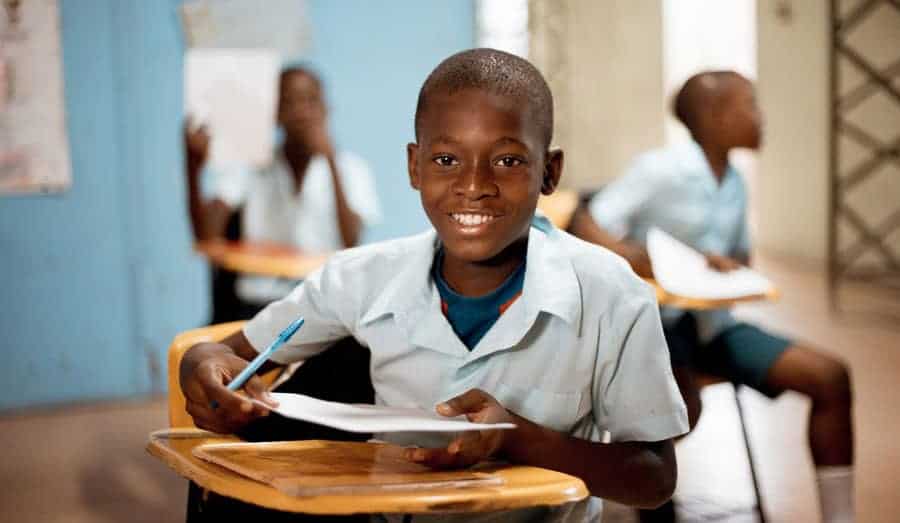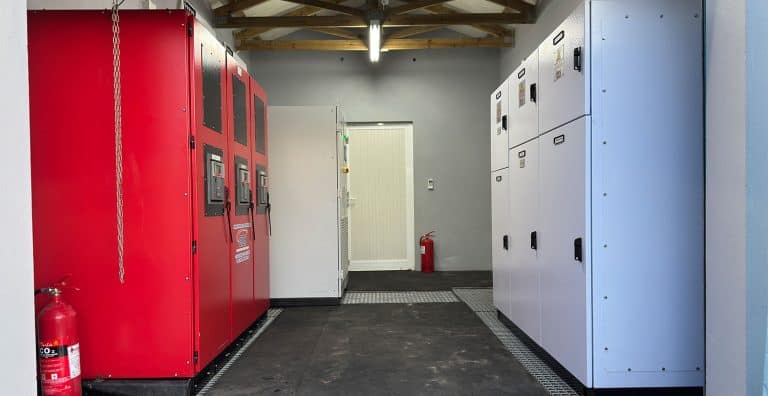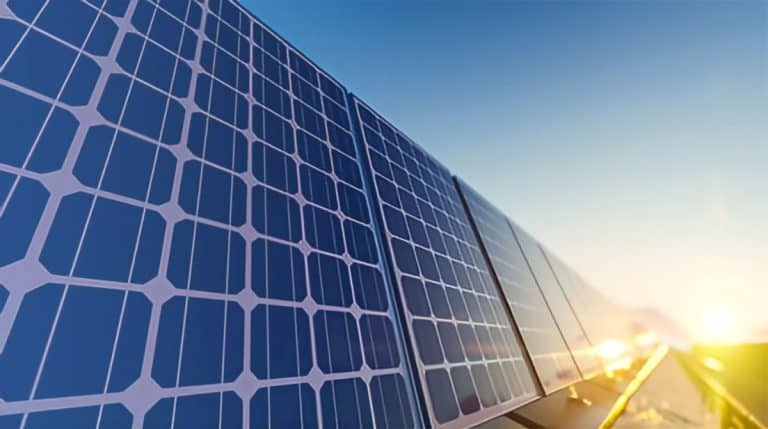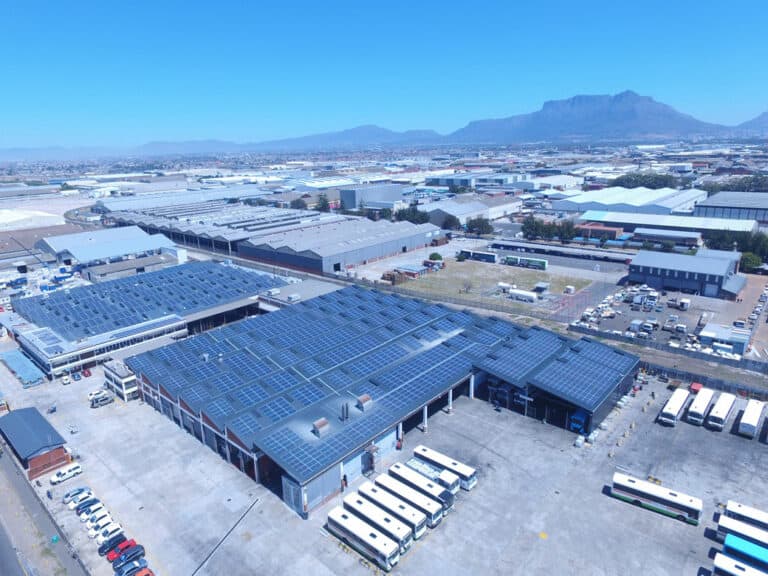Sustainability in schools can do more than simply provide lighting to dark classrooms.
The term sustainability means to maintain an ecological balance by avoiding the depletion of natural resources.
In some countries, conventional schools create 2% of their carbon emissions. They also use up more than 32% of water. By creating sustainable schools, it will aid in providing a positive change by lowering carbon emission and sustaining natural resources.
The increase of load shedding has made it more difficult for teachers to use the tools needed to educate their students. Positive change is needed in South Africa particularly in township areas where there is no electricity at all.
Some provinces in South Africa have already taken action. Several schools in the Western Cape will be provided with solar power from Sun Exchange. Other provinces should follow suit as this will have an immense positive impact on SA’s climate Paris Agreement.
The Benefits of Implementing Sustainability in Schools
The main benefit of constructing sustainable schools in South Africa is providing poor-stricken areas with electricity, water and the proper amenities. Managing these schools becomes particularly difficult in winter as poor schools don’t have heaters to provide students with warmth. Solar energy can provide schools with cheap heating systems which will make it more comfortable for students to learn.
Let’s take a look at other ways sustainability can positively impact the educational system in South Africa.
Positive Impact on Students
Decrease in Absenteeism
There could actually be a decrease in absenteeism when schools become solar powered. When schools have no electricity students may find it futile sitting in the dark waiting for the lights to come back on. Teaching outside is not ideal, as wind or rain disrupts the learning process and causes discomfort.
By providing solar energy to schools, particularly in the township areas, the students will be more motivated to go to school. They will have proper learning facilities that are well lit, heated and comfortable for them to continue their studies. This not only improves comfort, but can impact academic performance.
Students’ Environmental Education
Students need to know the importance of looking after their environment. Explaining how solar panels work and why the school is sustainable could increase their environmental awareness. Environmental education includes teaching students on topics that include:
- Not to litter
- How to save water
- Reduce the production of waste
- Protection of wildlife and plants
- How to conserve energy
Positive Impact on Funds
A sustainable school could save on operational costs as well as the cost of electricity. Installing solar panels onto schools will provide some relief against Eskom tariff hikes as there will be no need for coal energy. Solar energy is cheap and can provide much more power than coal energy without hurting the environment.
Improves Facilities
Water
Sustainability also ensures there is clean water for students and teachers to drink. Some people are prone to leave taps open but installing sensor taps is an instant solution as it reduces the use of water when someone uses the bathroom facilities, even if their habits don’t change.
Eating Areas
Some schools have no proper eating areas as most of the time there’s sand and dirt on the playground. Underprivileged schools don’t have cafeterias so having lunch outside is their only option. Planting grass outside schools provides students with a more hygienic and comfortable eating place.
Grass also improves air quality as it acts as a natural filter for dust and other airborne particles. Green plants and lush grass reduces carbon dioxide in the atmosphere which also helps keep students healthy.
Reduces Health Risks
Going green could potentially reduce health problems. Insufficient air supply is also known to cause brain fog which diminishes a student’s ability to concentrate. Natural energy increases indoor air quality which can reduce the risk of asthma by 38%.
Sustainability in schools provides fresh air, clean water and sufficient natural lighting which aids in keeping students & teachers healthy.
Final Thoughts—Create Lasting Positive Change
South Africans have a responsibility to be more proactive in limiting carbon emission. To start implementing sustainability in schools is the best way to start. Teaching the youth about sustainability will create lasting positive change as they will continue the process of sustainability as they become the future leaders.
Installing solar panels onto schools might be the first step to change however it’s not without its challenges. There is still a cost as solar panels will need to be purchased in order to install them. But this shouldn’t stop communities from using this approach. This could be the start of a new impact investment movement in SA. For instance Protea Heights Academy’s solar project shows how people invested or donated money for the purchase of solar panels for schools.
If you’d like to invest in the Protea Heights Academy’s solar project, you can donate money to their cause. If you’re part of Sun Exchange you can invest part of your revenue to Sarmie Mommiez (a non-profit organisation). Sarmie Mommiez is the designated charity for the Protea Academy solar project.
Sarmie Mommiez aims to uplift and empower underprivileged communities in the Western Cape. Perhaps if all the provinces had organisations that empower them to donate or invest in solar energy, more schools would have sustainability in South Africa. This country can play a role in affecting global warming.





